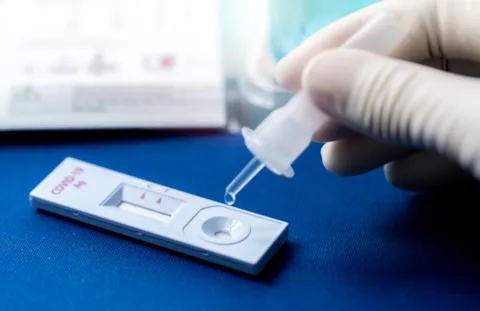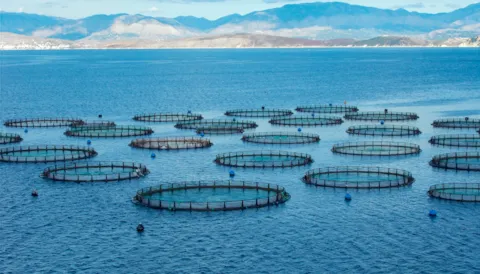IVDR: Navigating supply chain challenges with confidence
From capacity bottlenecks to new responsibilities for distributors and continuous post-market surveillance, compliance is no longer just a checklist but a strategic journey.
The EU In Vitro Diagnostic Regulation (IVDR) is reshaping the IVD landscape, placing new and far-reaching demands not only on manufacturers but also on distributors, importers, and authorized representatives. While regulatory extensions have provided additional time, the reality is that compliance is a continuous journey, not a deadline-driven exercise.
As the new framework settles in, several systemic challenges are emerging across the supply chain. Understanding these issues – and responding strategically – is key to maintaining market access and ensuring business continuity.
Key challenges across the supply chain
1. Capacity bottlenecks at Notified Bodies
- With more devices now falling under Notified Body scrutiny, demand is significantly higher than available review capacity. Waiting until the last moment risks stalled approvals and market delays.
- Strategic response: Early engagement, realistic timelines, and preparing robust documentation well in advance.
2. Raising the bar on clinical and performance evidence
- IVDR sets a new standard for demonstrating safety, performance, and clinical benefit. For many manufacturers, this requires a step-change in how evidence is gathered and maintained.
- Strategic response: Conduct gap assessments, invest in continuous performance studies, and embed stronger post-market evidence collection into operations.
3. New responsibilities for importers and distributors
- Supply chain actors are now directly responsible for verifying CE marking, technical documentation, and traceability. This shared accountability means any weak link can affect compliance across the chain.
- Strategic response: Establish clear compliance protocols, formalize supplier and partner agreements, and use digital traceability solutions to reduce oversight risks.
4. Continuous post-market surveillance and vigilance
- The shift from periodic to continuous monitoring represents a cultural as well as procedural change. Companies need systems to detect trends, manage incidents, and feed findings back into product lifecycle management.
- Strategic response: Implement integrated surveillance systems and foster cross-functional collaboration between regulatory, quality, and product teams.
5. Pressures on small and medium-sized enterprises (SMEs)
- Smaller companies face particular challenges in resourcing the evidence, QMS upgrades, and reporting obligations IVDR demands.
- Strategic response: Leverage external expertise where needed, phase investments over time, and prioritize the most critical compliance activities first.
A forward-looking perspective
Compliance with IVDR is not simply a regulatory hurdle; it’s an opportunity to enhance product quality, strengthen supply chain accountability, and build trust with patients and regulators. Companies that act early and take a structured, risk-based approach will not only mitigate disruption but also position themselves for sustainable growth in a more demanding marketplace.
Ready to simplify your IVDR journey?
As a designated IVDR Notified Body, DNV offers fresh capacity, faster reviews, and a dedicated IVD team covering all product categories. Backed by more than 160 years of independent expertise, our assessments are impartial, reliable, and trusted worldwide.
We combine deep regulatory knowledge with digital tools to help IVD manufacturers approach IVDR with clarity, control, and speed. Our digital platform streamlines documentation, enhances collaboration, and accelerates certification – all without disrupting existing workflows. Whether you’re preparing for IVDR for the first time or seeking to strengthen ongoing compliance, DNV is ready to support you at every stage of the journey.
Join our webinar, Navigating IVDR compliance: Practical insights and strategies for long-term success, to discover how you can position your organization for sustained success.
10/23/2025 6:51:00 AM





